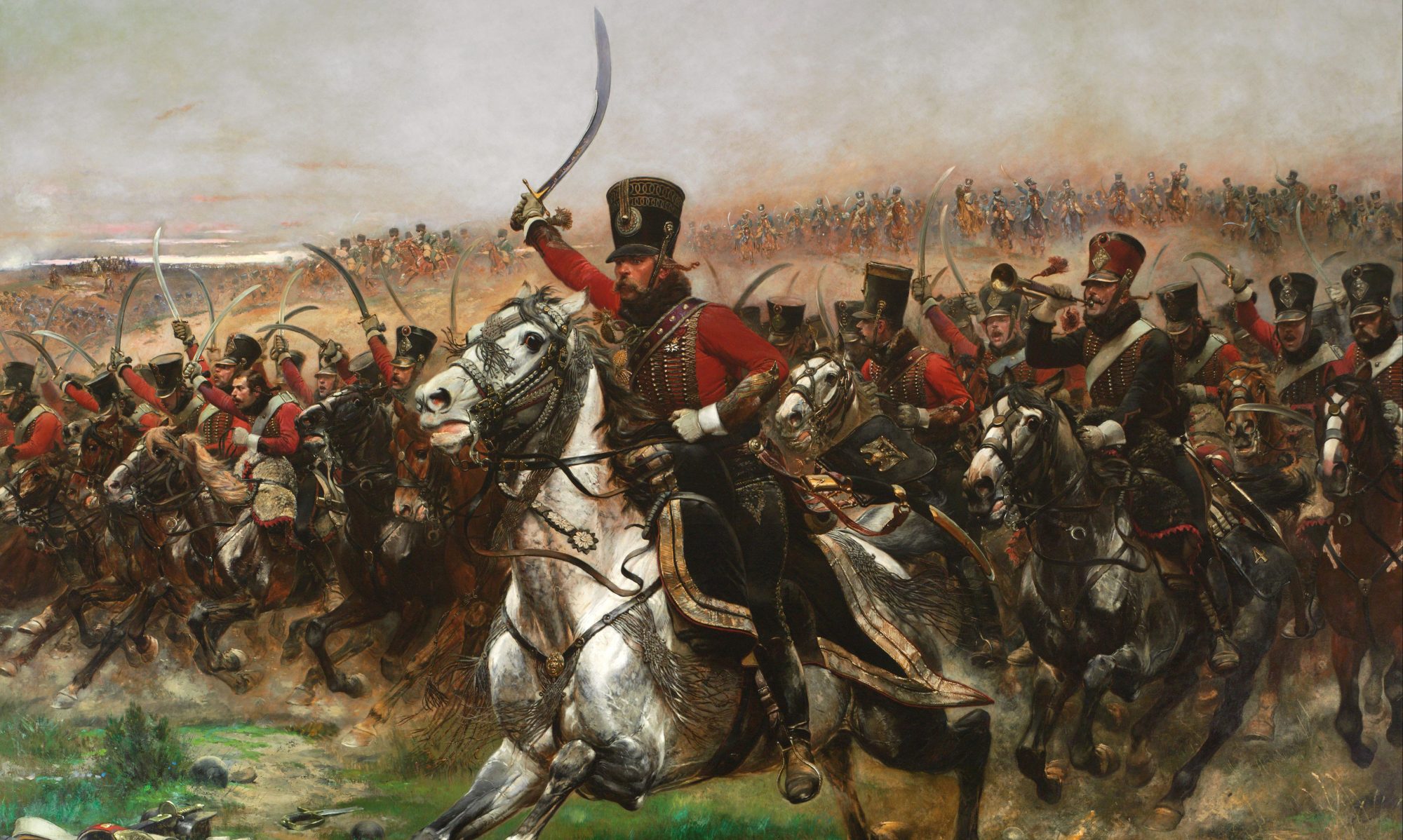
- Author: Gabriele Esposito
- Illustrator: Giuseppe Rava
- Short code: MAA 530
- Publication Date: 19 Mar 2020
- https://ospreypublishing.com/japanese-armies-1868-1877
Gabriele Esposito takes a brief look into the armies of the Boshin War and Satsuma Rebellion in Osprey’s latest Men-at-Arms title.
The author is nothing if not flexible in his subjects, Esposito has covered topics as varied as roman legions, South American proto-Armies and now he has moved to japan.
The necessary overview of the years following the Perry expedition is fairly by the numbers and too simplistic regarding a massively complicated political situation to be terribly diverting.
That being said, except for making the faux pas of acknowledging bushido on a number of occasions as the ancient martial code of Japan before Inazo Nitobe invented the concept, he is only guilty only of being a tad derivative.
Nevertheless we must remember that the book is small and strictly military and the subject is ten times more vast, especially to an author who is inexperienced in the field of late Edo period Japanese history.
That is probably the main letdown of this book; it tries to cover the armies of two wars. This is often possible with MaA titles but with this one it’s difficult.
For instance, it is quite possible to do a small Osprey book about the Boer Wars (as has been done) because by and large it’s easy to keep track of the basic organisation and look of the armies.
But the Boshin war alone you are dealing with at least five main military groups (not counting the armies of lesser domains and ronin groups) with attendant ‘regular/disciplined corps,’ old fashioned feudal militias, rebels, and police units, artillery, some cavalry and naval forces.
All of whom differed from the other in some way or another in size, organisation, equipment and uniform, if they wore one. By the time of the Satsuma Rebellion, a measure of simplification had entered the picture, but not enough to simplify the matter.
As a result this title probably should have been made into two titles, Japanese Armies of the 19th century (1) The Boshin War, etc.
The sections dealing with the armies are interesting for the brief but often useful surveys of various armies, as all MaA’s are, while at the same time being slightly irritating because of the necessary brevity.
Usually one would go to the bibliography to see if these gaps could be filled in yourself. Here we can see that the author has offered a ‘select’ list.
The list, select as it is, can be observed as numbering quite enough material to write this entire book from, and speaking from experience I must cautiously ponder if the author has suggested all the pertinent and necessary books one needs to understand the socio-political-military events at hand.
It does nevertheless include a handful of works that are necessary to study early modern Japanese armies, and which due to their scarcity command crippling prices for hobbyists and non-scholarly writers is another attraction of this book, being an affordable reference to people looking for a window into the military side of these wars.
Men-at-Arms titles have traditionally been focused on brief surveys of the conflicts at hand, followed by hefty plate commentary. In the early days half of the book could be taken up by the description of the artwork. Today about 4 pages at the end comprise this element.
This book tries to balance two fairly broad and lengthier sections of background history and then further tries to summarise the organisation of some of the main factions. In former times larger books, from the Warrior and Elite series’ would be the ones that focused on organisation, leaving Men-at-Arms to focus on uniforms and weapons of a specific war.
In terms of the plates there is little to be complained about, Giuseppe Rava has painted some highly skilful pictures, filled with his usual eye for moment, atmosphere and action, with a good splash of his trademark weapon towards the viewer dynamism.
Interestingly at least 90% of the images reproduced here come from ‘public domain/Wikipedia.’ These easily viewable pictures are of course fascinating, but they are equally intriguing because I wasn’t aware that publishers like Osprey encouraged authors to utilise Wikipedia as an image source.
The commentary fills in a few of the gaps left in the main text, but I don’t doubt that many will raise eyebrows at the picture of a Rebel Satsuma samurai in full armour when despite some paintings at the time, armour had more or less become uncommon on the battlefield.
Not only that but I suspect that the subject is wearing a form of 12th century Ō-yoroi harness, common during the Gempei War, at a time when the armour of the Sengoko Jidai (the last period in which battle armour was widely worn for combat) would have been considered heirlooms.
Another thought that crossed my mind was that although the commentary tells us a little information about the forces of Aidzu, there is no representation of them, nor of Tosa. It also could have been a missed opportunity to depict officers of Tosa and Chōsū wearing the distinctive Shaguma headdress rather than giving it to a member of the Shinsengumi only.
This period was a formative time for the Japanese army. It was indeed it’s birth, a look at the roster of general officers from the Boshin War to the First World War will reveal a great number of them with connections to the southern clans who’s modernised armies formed the bedrock of the imperial faction.
As a reference book, this will be a handy and engaging one to have, but with the knowledge that it is necessarily limited in it’s level of detail and may not have a great deal to offer for a reader that is already well versed in the early military history of Japan.


You must be logged in to post a comment.